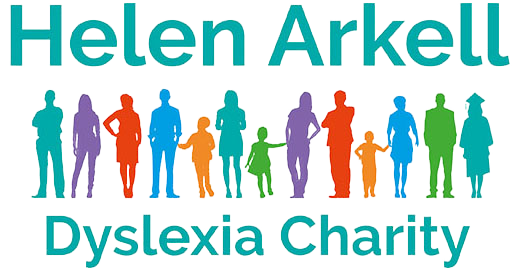Signs of dyslexia at primary school
Many of the difficulties listed below can be signs of dyslexia at primary school and are common during a child’s first year or two at school. If a group of these symptoms persists beyond the time when the average child has grown out of them, they may indicate dyslexia and expert advice should be sought.

Reading and spelling
• Confusion of letters similar in shape, for example d / b; u / n
• Confusion of letters similar in sound, for example v, f, th; also vowels
• Reversals, for example was / saw
• Transposals, for example left / felt; auction / caution
• Omission or insertion of words
• Repetition of a word or phrase
• Changing sequence of words, for example she is / is she
• Confusion of small words, for example of, for, from
• Bizarre spelling
Reading
• Difficulty in keeping the correct place on the line
• Difficulty in switching from the end of the line to the beginning of the next one
• No expression, or intonation in wrong place
• Difficulty in understanding a passage even if correctly read
• Faulty auditory sequencing: Roman merains (remains)
• Mispronouncing some words: renember
• Difficulty in sounding out unfamiliar words
Writing
• Foreshortening: rember (remember)
• Fusion, for example up (up)
• Repetition of a word or words
• Capitals left out, or in the wrong places
• The letter i not dotted, the letter t not crossed, the letter l crossed
• Poorly formed letters or, if shape is correct, formed in an unconventional way
• Difficulty in keeping on the line
• Omission of punctuation, confusion over punctuation and syntax
• Odd pencil grip
• Difficulty in copying from a blackboard
Other indications
• Late in learning to speak
• Difficulty in repeating long words: unanimous, preliminary
• Confusion between: right/left, east/west, up/down, etc
• Difficulty in sequencing: the alphabet, months of the year, numbers, words in a sentence
• Difficulty in learning tables, or doing mental arithmetic
• Slow in looking up words in a dictionary
• Poor concentration and memory
• Difficulty in interpreting other symbols: figures, notes in music, etc
• Late in learning to tell the time, and in such things as tying shoelaces, etc
• Difficulty in understanding concepts such as: in/on/under, yesterday/tomorrow
• Other poor readers or weak spellers in the family
If you have noticed any of these signs of dyslexia at primary school and would like to talk to us about an assessment, please get in touch.
Booking a dyslexia assessment with Helen Arkell is easy; please visit this page, and all your questions will be answered.
We have a range of courses available online and in person to help support both you and your child. These courses range from ‘helping parents support children with dyslexia’ to spotlight sessions where we discuss different topics.




